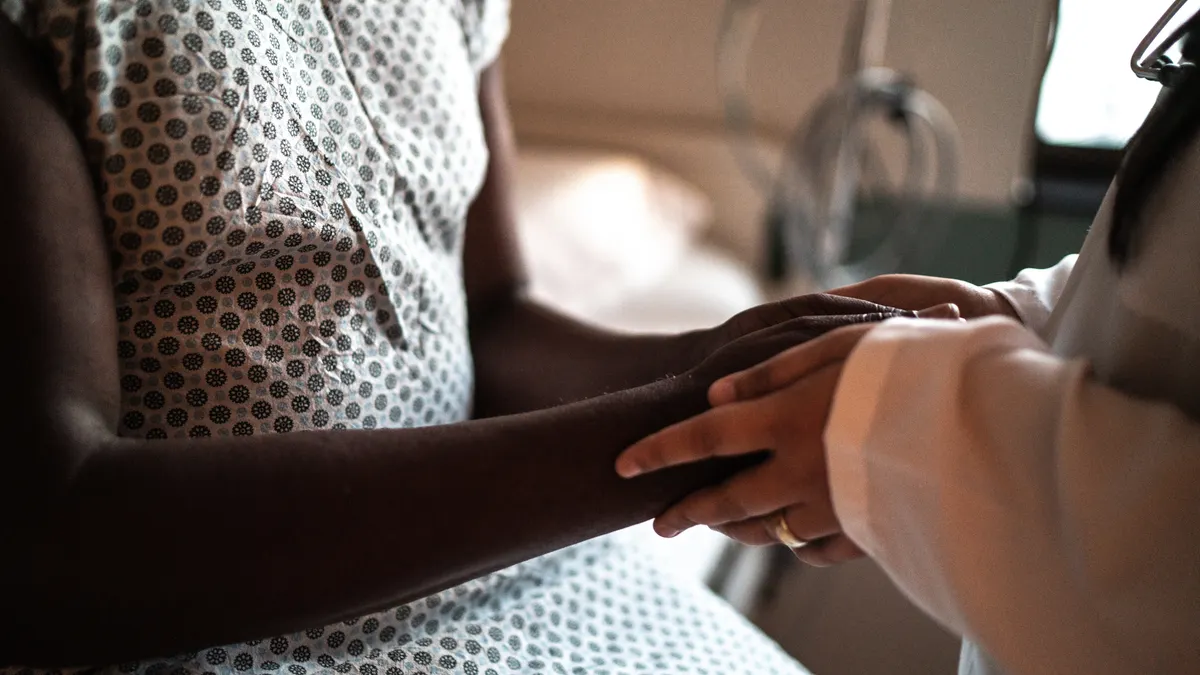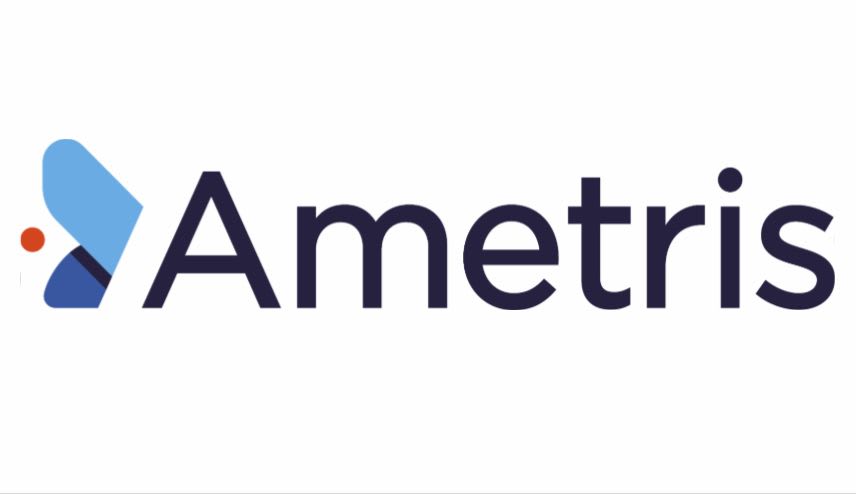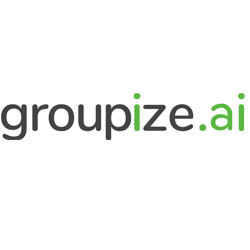Digital health is a growing field in the life sciences, and at pharma giant AstraZeneca, applying data-based solutions to R&D is a step toward improved health for patients, said Cristina Durán, formerly AstraZeneca’s chief digital officer of R&D and now president of the U.K. company’s digital health business Evinova.
Last week, AstraZeneca showcased its commitment to digital transformation by launching the company, which will prioritize clinical trial optimization. Before the official announcement of the new company, though, AstraZeneca was already building its digital prowess with a multidisciplinary team led by Durán to improve patient health through data.
In particular, technologies that allow for telehealth in clinical trials, at-home monitoring or wide data pools for patient research would allow the industry to know more about patients before they are too far along in a disease, Durán said.
“The big, big problem is late diagnosis,” Durán said. “Across cardiovascular patients, more than 20% find that they have had issues when they first arrive at the hospital.”
The same goes for other areas where AstraZeneca specializes, including respiratory diseases and cancer.
"We have more gadgets in our car to know if the car is breaking down than we do as humans — we just wait until we break down."

Cristina Durán
President, Evinova
“I’m very passionate about activities from a data health perspective that could help to screen patients much earlier,” Durán said. “Because it’s the difference between giving them a little bit of life and actually giving them a full life by catching this much earlier.”
Here, we spoke to Durán prior to the creation of Evinova about how she approaches her role in digital R&D, the caution of “shiny” new technology like AI and how digital solutions can be both specific and widely scalable.
This interview has been edited for brevity and style.
PHARMAVOICE: Before you joined Evinova, what does the role of chief digital officer mean when it comes to the R&D arm at a company like AstraZeneca?
CRISTINA DURÁN: My role covers all the therapeutic areas from cancer to respiratory to cardiovascular to vaccines to rare diseases. So the day is quite varied, but how we run our projects is by starting with the problems we’re trying to solve. In the past, these are problems patients have in joining clinical trials, or problems sites have in running clinical trials. In addressing the problems that R&D organizations have day to day, we start with the challenges but also look at opportunities with a long-term view. I’m trying to fix those problems today with something that can last for the next decade.
We start by working on what we call sprints, joining cross-functional teams around solutions rather than in silos so they can be transformational in nature. The projects are agile.For instance, we can ask patients to give feedback on a solution and provide evidence there is a benefit. That’s what gives longevity to a digital health team, especially in pharma where you need scientific evidence.
You mentioned the breadth of therapeutic areas at AstraZeneca. How do you approach them all at once but also distinctly?
We make sure that we speak to each of the different groups, but then the needs are very similar. Even though we recognize the differentiated needs, the solutions can be platform and holistic. So many of the solutions we’ve built are used across all the therapeutic areas. We may have a platform to run clinical trials for the patient side that works across the whole company, but we may also have some modules in terms of novel endpoints that are specific for respiratory or a module for remote patient monitoring in oncology. But they are still built within the same platform rather than having different products for each of the therapeutic areas.
Why is it important that pharma companies devote a space for digital innovation?
There is still tons of potential for pharma companies to be faster and better from a patient perspective. Telehealth can definitely help and support — in a study we published with new novel leads on endpoints supported by digital, we were able to run the study with 50% fewer patients because we have more data points that we can collect from home. So rather than asking patients to travel every X number of weeks to a hospital to blow into a spirometer, you send them one to do it at home. You have a lot more recurring data and you can do it much more often through telehealth. And the cost is cheaper because it has a shorter timeline. The benefits are win-win, so it’s a huge opportunity for pharma to continue investing in a digital hub.
How does AI fit into your digital strategy?
AI is a very broad word that is misused these days to mean that anything using an algorithm is called AI, which is not the case. But we are using some basic data science and machine learning algorithms, as well as natural language processing, which are areas that are considered AI. We have, for example, a machine learning algorithm for event adjudication, which historically has been done using a second physician reviewing an endpoint and all the documentation to highlight if a cardiovascular death was actually a cardiovascular death and not any other type. It’s a bit of an investigation, and now you can run machine learning models to look at historical studies with event adjudications and do the same. And that new way of running event adjudication would be validated from a regulatory perspective as well. At the same time, I am a true believer that if simple solutions work, you don’t need to make them more complicated.
Pharma can be somewhat traditional and slow to change. How do you rise to that challenge with your own goals and ambitions for the company?
I’ve worked both in tech and pharma, and AstraZeneca is not a slow machine by any means. But obviously you have different groups, and some will be more innovative with new ways of working while others will be more traditional. My belief is, you need to start somewhere. Pharma is very good at starting and piloting heavily — where they get stuck is scaling, but we’ve been able to do it at pace. What I think has helped is having to change our ways of working and mixing teams with different capabilities like clinical or R&D experience, some from tech, some behavioral scientists, designers, data scientists.
What’s next for AstraZeneca on the digital front?
We’re always making sure we continue to improve patient experience and outcomes, and I believe data health can help across pharma. It’s the same problem across all therapeutic areas to identify patients earlier in the disease. You can improve the probability to cure those diseases with earlier identification, and that can be supported with remote patient monitoring and more holistic care. Looking across the whole patient journey is important, and then making sure they’re not left on their own. They’re supported through health technology. What I find interesting is we have more gadgets in our car to know if the car is breaking down than we do as humans — we just wait until we break down.
In what areas can AstraZeneca and your team fill gaps that remain unfilled currently?
There is a critical longevity factor — the risk with digital health teams is they get really excited about lots of different shiny ideas and focus less on delivery and scaling, which requires a lot of resilience. You need to have a balance in terms of making sure you focus on a number of things and deliver those peak priorities. How we’re doing that is by reviewing across therapeutic areas to find critical needs or pain points. That’s how we generate our backlog in terms of priorities for our team for factors like early screening or patient monitoring.




















